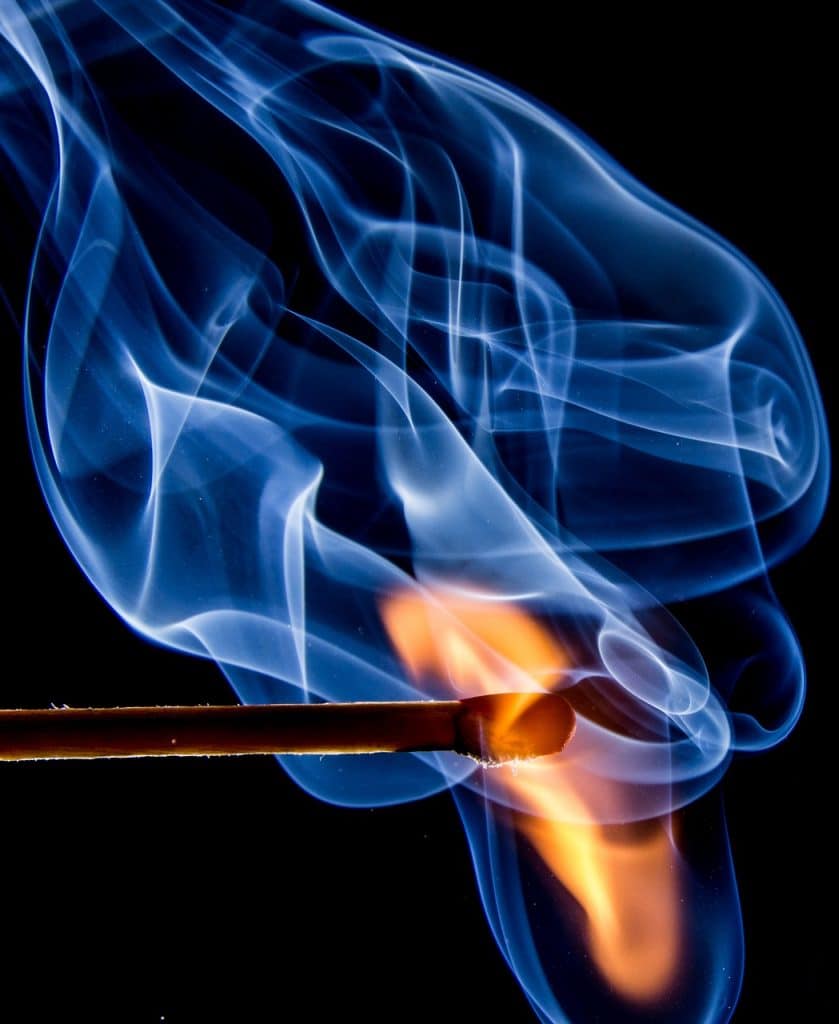Fire safety is a paramount concern in any setting, be it at home, in the workplace, or in public spaces. Identifying potential fire hazards is the crucial first step in creating a secure environment and ensuring the well-being of individuals and property. By understanding and recognizing these hazards, we can take proactive measures to prevent fires and respond swiftly in case of an emergency.
While many of us have a basic understanding of fire prevention, we often overlook the fact that everyday household items and settings can also be potential fire hazards. It is essential to remain vigilant and recognize these overlooked risks to ensure comprehensive fire safety measures.
What is a fire hazard?
A fire hazard is any potential source or condition that can initiate or contribute to the occurrence and spread of a fire. It includes factors such as flammable materials, faulty electrical wiring, open flames, and inadequate fire safety measures.
What is needed to start a fire?
For a fire to start, the following three things are needed:
- A source of ignition
- Fuel
- Oxygen
If any one of these is missing a fire cannot start. The aim is to avoid these three coming together to reduce the risk of a fire occurring.
Identifying sources of ignition
You can recognize potential ignition sources within your premises by identifying possible heat sources capable of reaching temperatures high enough to ignite materials commonly present. These heat sources can include:
- Smokers’ material, e.g. cigarettes, matches and lighters
- Naked flames, e.g. candles, night lights, gas or liquid-fuelled open-flame equipment
- Boilers
- Faulty or misused electrical equipment,e.g. electric blankets, computers, vending machines
- Lighting equipment (fixed and movable), e.g. halogen lamps or table lamp
Identifying sources of fuel
Anything that can be consumed by fire serves as fuel. It is crucial to identify easily combustible items present in sufficient quantities to support a fire or facilitate its spread to other fuel sources. Some of the most prevalent ‘fuels’ typically found on premises are:
- Furniture (permanent and temporary storage)
- Textiles and soft furnishings, such as hanging curtains and clothing displays
- Flammable liquids and solvents, such as white spirit, methylated spirit, cooking oils and disposable cigarette lighters
- Decorations for seasonal and religious occasions
- Paper products, packaging materials, stationery, advertising material, paper and books
Identifying sources of oxygen
The primary oxygen supply for a fire comes from the surrounding air. In an enclosed structure, this air circulation is facilitated by the ventilation system in place. Typically, these systems fall into two categories: natural airflow through doors, windows, and openings, and mechanical air conditioning or air handling systems. Many buildings have a combination of these systems, allowing for the introduction and extraction of air to and from the building.
How Can We Help?
At Martyn Young Fireproofing Consultants, we offer specialist advice to make sure not only understand your building’s fire risk assessment but that you are also fully compliant. For more information on how we can help, contact us today.


